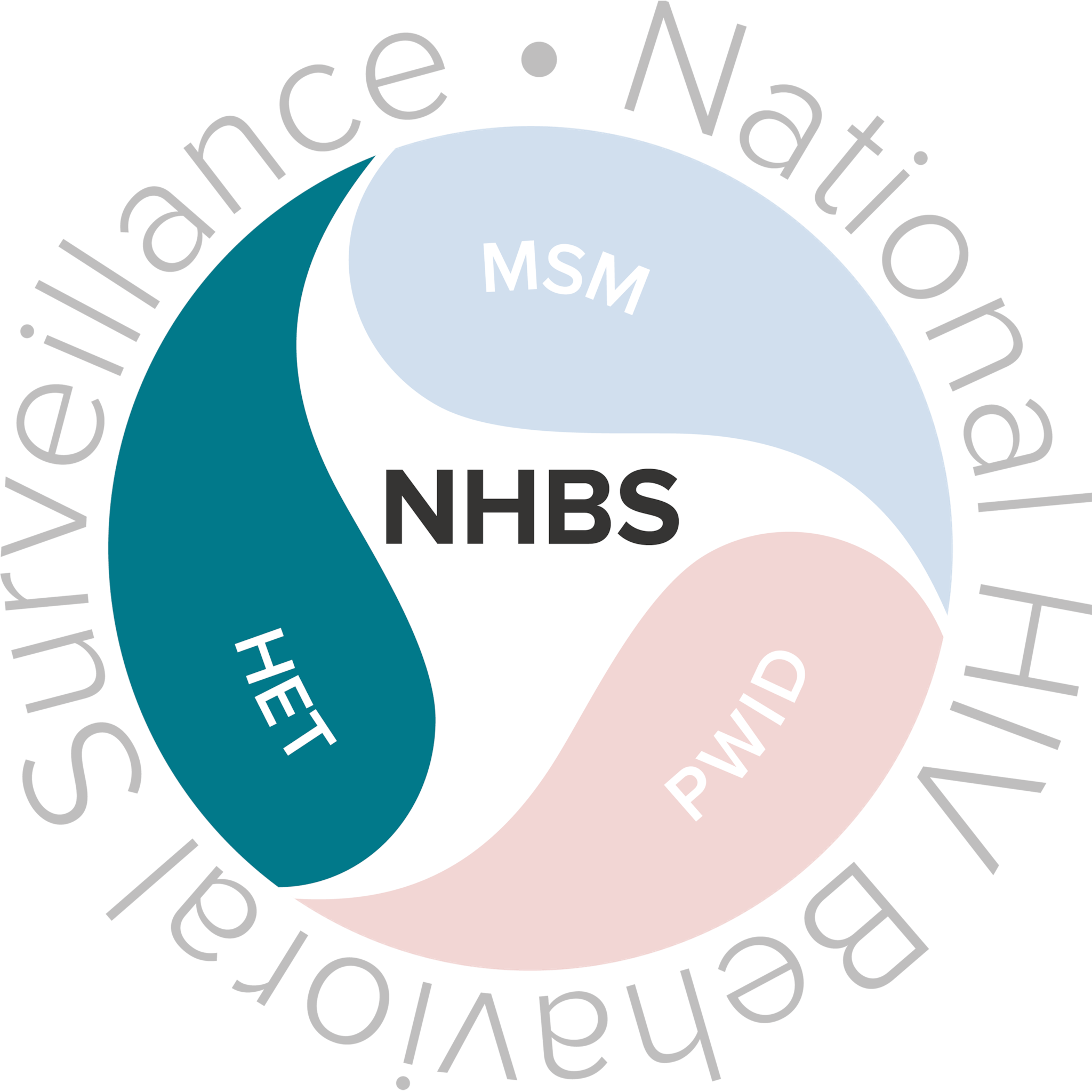Populations/Projects: Heterosexually active persons at increased risk for HIV infection (NHBS-HET)
About a quarter of new HIV diagnoses in the United States are associated with heterosexual sex. NHBS-HET collects information on heterosexually active persons at increased risk for HIV* reporting sex with an opposite sex partner in the 12 months before interview.
*NHBS uses low income as a proxy for increased risk for acquiring HIV through heterosexual sex.
Surveillance Reports
- HIV Infection, Risk, Prevention, and Testing Behaviors Among Heterosexually Active Adults at Increased Risk for HIV Infection — National HIV Behavioral Surveillance, 23 U.S. Cities, 2019pdf icon
- HIV Infection, Risk, Prevention, and Testing Behaviors Among Heterosexuals at Increased Risk for HIV Infection, 2016pdf icon
- HIV Infection, Risk, Prevention, and Testing Behaviors Among Heterosexuals at Increased Risk of HIV Infection, 20 Cities, United States, 2013pdf icon
- HIV Risk, Prevention, and Testing Behaviors Among Heterosexuals at Increased Risk for HIV Infection – National HIV Behavioral Surveillance System, 21 U.S. Cities, 2010
- Characteristics Associated with HIV Infection Among Heterosexuals in Urban Areas with High AIDS Prevalence — 24 Cities, United States, 2006–2007
Featured Publications
- Racial, Ethnic, and Gender Disparities in Awareness of Preexposure Prophylaxis Among HIV-Negative Heterosexually Active Adults at Increased Risk for HIV Infection – 23 Urban Areas, United States, 2019
- High prevalence of disability and HIV risk among low socioeconomic status urban adults, 17 U.S. citiesexternal icon
- HIV Infection Among Heterosexuals at Increased Risk – United States, 2010
Slide Sets
- NHBS-HET 2019
Page last reviewed: April 29, 2022
